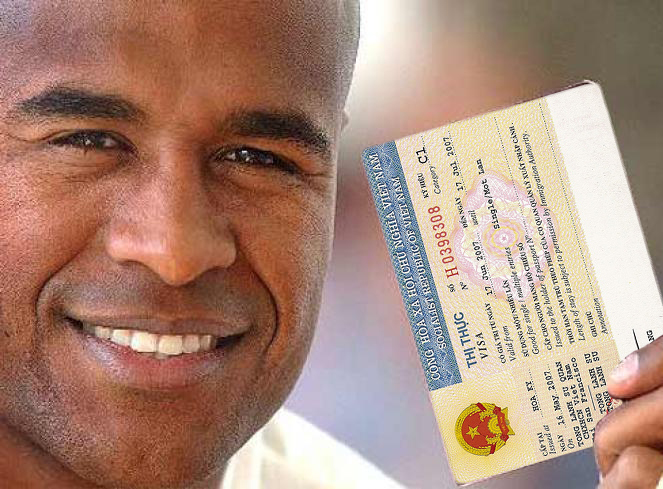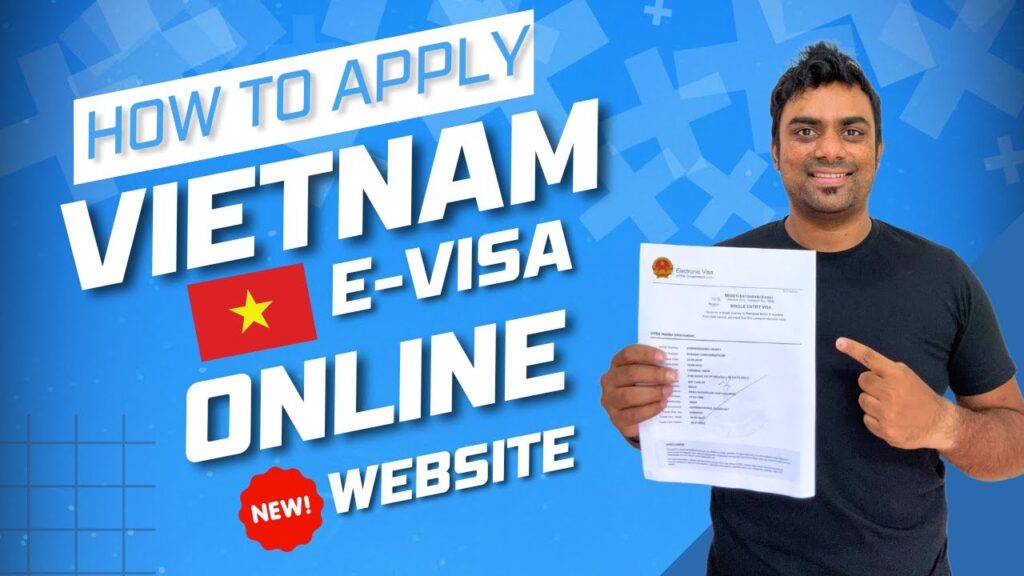Are you planning a trip to Vietnam? If so, one of the most important steps in your travel preparation is obtaining the necessary travel visa. A travel visa is a document that grants you permission to enter and stay in a foreign country for a specific period. In this article, we will explore everything you need to know about obtaining a travel visa for Vietnam, including who needs one, when to apply, how to apply, the pros and cons, alternative options, step-by-step guide, comparison, tips, and more.
Who Needs a Travel Visa for Vietnam?
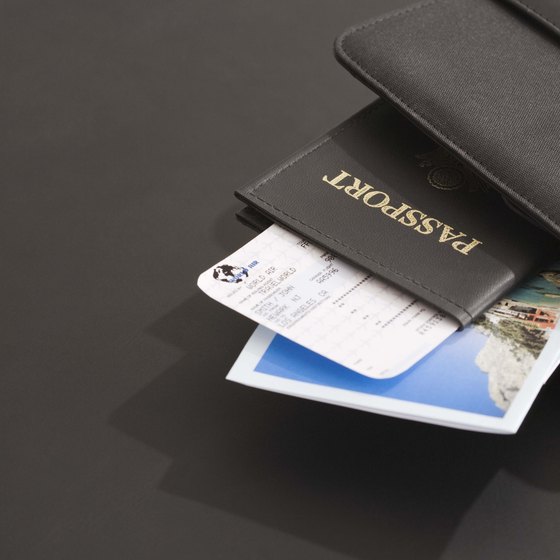
Before booking your flight to Vietnam, it’s essential to check whether or not you need a travel visa. Currently, citizens of 24 countries can visit Vietnam without a visa, while citizens of other countries must obtain a visa before entering the country. The list of visa-exempt countries includes:
- ASEAN countries (Thailand, Indonesia, Singapore, Malaysia, Cambodia, Laos, Myanmar, Brunei, and the Philippines) – for stays up to 30 days
- South Korea, Japan, Russia, Belarus – for stays up to 15 days
- Sweden, Denmark, Finland, Norway, Germany, France, Spain, Italy, United Kingdom – for stays up to 15 days (until June 2022)
- Chile – for stays up to 90 days (until June 2023)
Citizens of all other countries must obtain a visa before traveling to Vietnam.
What Type of Visa Do You Need?
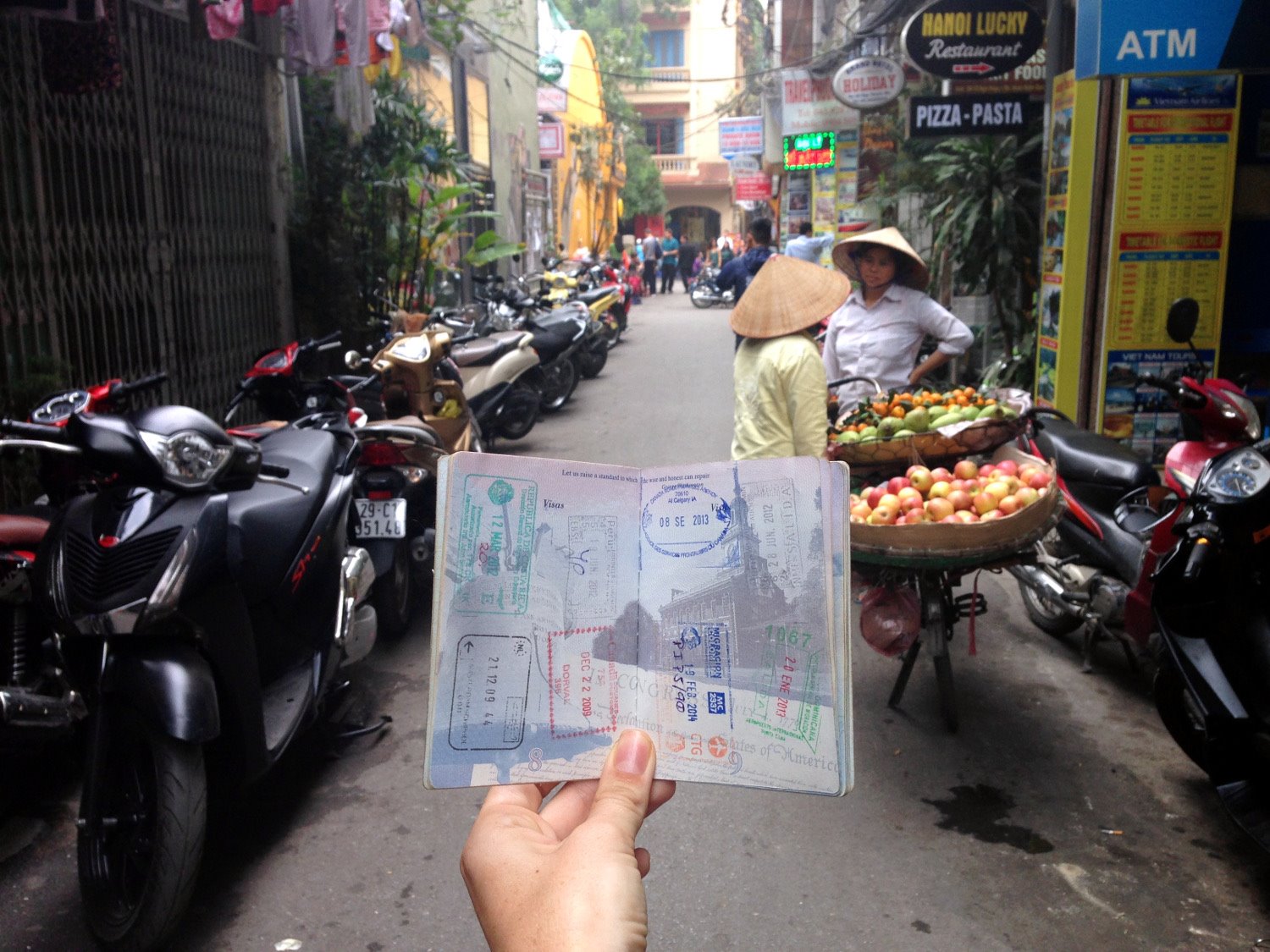
There are different types of visas available depending on the purpose of your visit to Vietnam. The most common types of visas are:
- Tourist visa: This type of visa is suitable for those who plan to visit Vietnam for tourism purposes, such as sightseeing, visiting friends or relatives, or participating in cultural events. A tourist visa is valid for up to 3 months, and you can stay in Vietnam for up to 30 days.
- Business visa: If you plan to visit Vietnam for business purposes, such as attending conferences or meetings, negotiating contracts, or exploring investment opportunities, you will need a business visa. A business visa is valid for up to 1 year, and you can stay in Vietnam for up to 90 days per entry.
- Work permit: If you plan to work in Vietnam for an extended period, you will need a work permit. A work permit allows you to work legally in Vietnam for up to 2 years.
When to Apply for a Travel Visa?
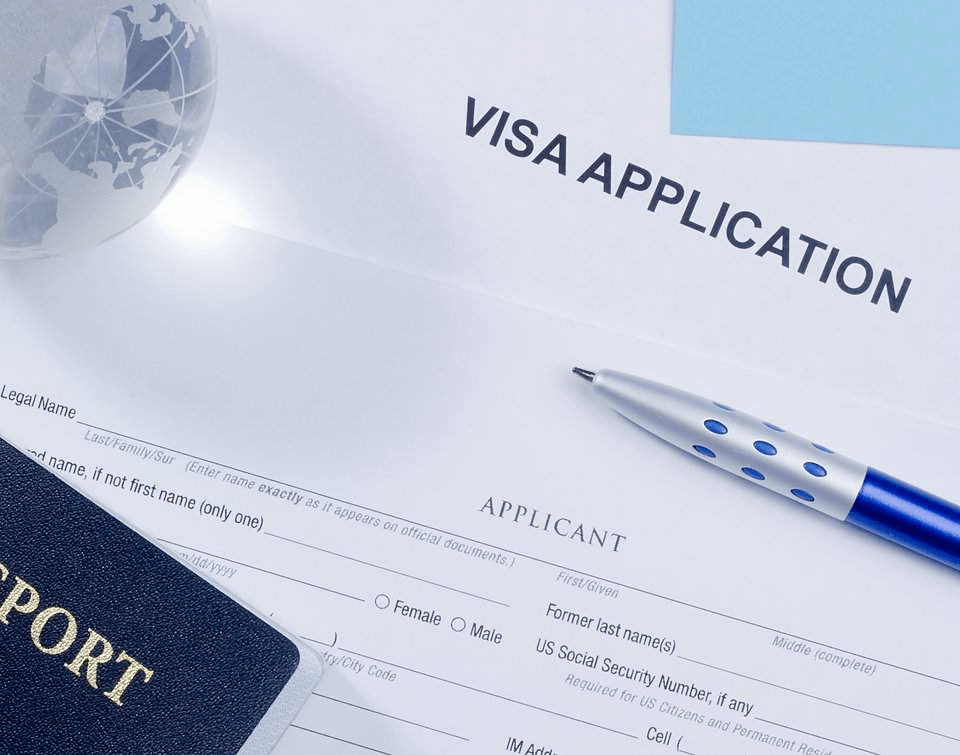
It’s essential to apply for your travel visa well in advance of your planned departure date. The processing time for a travel visa can vary depending on the type of visa and the country you are applying from. Typically, it takes about 5-7 working days to process a tourist visa or business visa. However, it’s always best to apply at least one month before your trip to avoid any delays or unexpected issues.
How to Apply for a Travel Visa?
The process of obtaining a travel visa for Vietnam may vary depending on the country you are applying from. However, the general steps for applying for a Vietnamese visa are as follows:
- Download and complete the visa application form from the website of the Vietnamese embassy or consulate in your country.
- Prepare the required documents, including your passport, passport-sized photos, and proof of your travel itinerary.
- Submit your application and pay the visa fee.
- Wait for the visa to be processed. You may need to attend an interview or provide additional information if requested by the embassy or consulate.
Once your visa is approved, you will receive a stamp on your passport that allows you to enter Vietnam.
Pros and Cons of Obtaining a Travel Visa for Vietnam
Pros:
- A travel visa allows you to legally enter and stay in Vietnam visa for a specific period.
- You can plan your travel itinerary in advance, knowing that you have obtained the necessary travel documents.
- With a valid visa, you can explore all parts of Vietnam, including remote areas and cultural heritage sites.
Cons:
- Obtaining a travel visa can be time-consuming and stressful, especially if you are applying from a country without a Vietnamese embassy or consulate.
- Visa fees can be expensive, depending on your country of origin and the type of visa you require.
- If your visa application is rejected, you may need to cancel or change your travel plans.
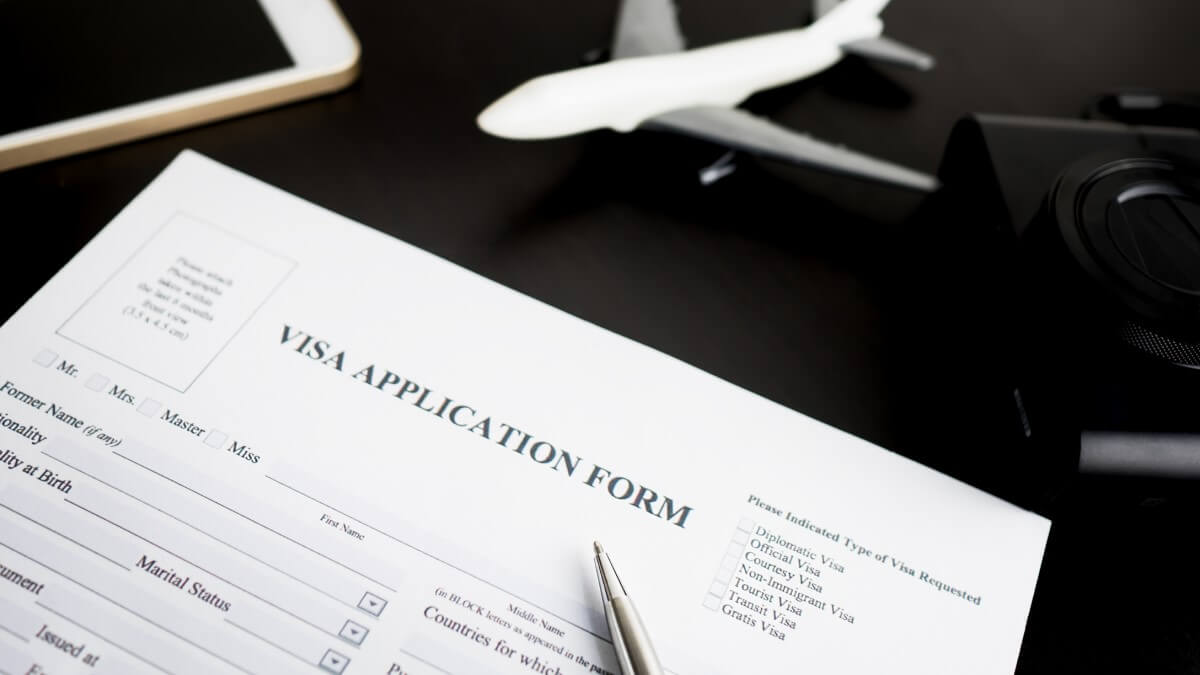
Alternative Options
If you are a citizen of one of the visa-exempt countries, you do not need to apply for a visa in advance. Instead, you will receive a visa exemption stamp at the immigration checkpoint upon arrival in Vietnam.
Another option is to apply for a visa on arrival (VOA). This option is only available if you arrive in Vietnam by air. To obtain a VOA, you need to apply online and receive an approval letter from a Vietnamese travel agency. Once you arrive in Vietnam, you will need to show the approval letter and pay the visa stamping fee. However, it’s important to note that VOA is not available for all types of visas, such as work permits.
Step-by-Step Guide on How to Obtain a Travel Visa for Vietnam
- Determine the type of visa you need based on your purpose of travel (tourism, business, or work permit).
- Check if your country is on the list of visa-exempt countries. If not, find the nearest Vietnamese embassy or consulate in your country.
- Download and complete the visa application form from the website of the Vietnamese embassy or consulate.
- Prepare the required documents, including your passport, passport-sized photos, and proof of your travel itinerary.
- Submit your application and pay the visa fee. You may need to attend an interview or provide additional information if requested by the embassy or consulate.
- Wait for the visa to be processed. It typically takes about 5-7 working days to process a tourist visa or business visa.
- Once your visa is approved, you will receive a stamp on your passport that allows you to enter Vietnam.
- Make sure to keep your visa and passport safe during your trip to Vietnam. You may also need to present them at various checkpoints, such as hotels, airports, and other public places.
Comparison with Other Countries
Compared to other Southeast Asian countries, obtaining a travel visa for Vietnam is relatively straightforward. For example, traveling to Indonesia requires either a visa on arrival or a pre-approved visa from the Indonesian embassy or consulate. Thailand also offers visa-free entry for some countries, but travelers must obtain a visa in advance for stays longer than 30 days.
Tips for Obtaining a Travel Visa for Vietnam
- Plan ahead and apply for your visa well in advance of your planned departure date.
- Double-check all the required documents and make sure they are up-to-date.
- Pay the visa fee using a reputable payment method to avoid any issues or fraud.
- Keep your passport and visa safe during your trip to Vietnam.
- If you encounter any issues with your visa application, contact the Vietnamese embassy or consulate in your country for assistance.
FAQs
1. Can I obtain a travel visa for Vietnam on arrival?
Yes, you can obtain a visa on arrival if you arrive in Vietnam by air. However, this option is only available for certain types of visas, such as tourist and business visas.
2. How long does it take to process a travel visa for Vietnam?
It typically takes about 5-7 working days to process a tourist visa or business visa.
3. What documents do I need to apply for a travel visa for Vietnam?
You will need a completed visa application form, your passport, passport-sized photos, and proof of your travel itinerary.
4. Is it cheaper to obtain a visa on arrival or in advance?
The cost of a visa on arrival may be lower than obtaining a visa in advance, but it’s important to consider the processing time and other factors, such as the type of visa required.
5. Can I extend my stay in Vietnam after my visa expires?
Yes, it is possible to extend your stay in Vietnam by applying for an extension at the immigration office. However, this process can be time-consuming and may require additional documentation.
Conclusion
Obtaining a travel visa for Vietnam is an essential step in your travel preparation. By following the steps outlined in this article, you can ensure that you have all the necessary documents to enter and explore Vietnam legally. Whether you choose to apply in advance or opt for a visa on arrival, remember to plan ahead and double-check all the requirements to avoid any issues or delays. Happy travels!


